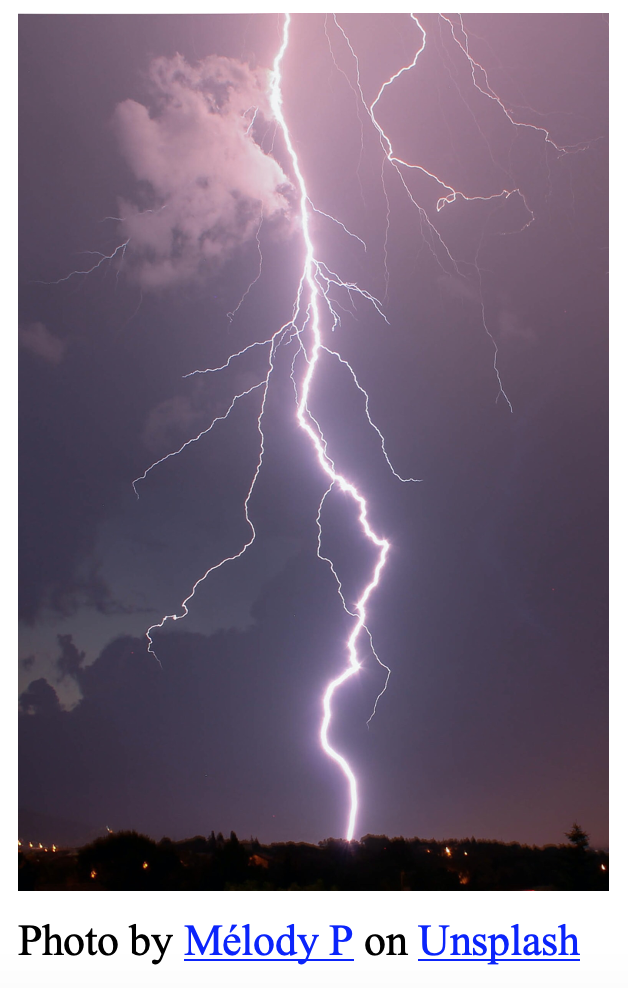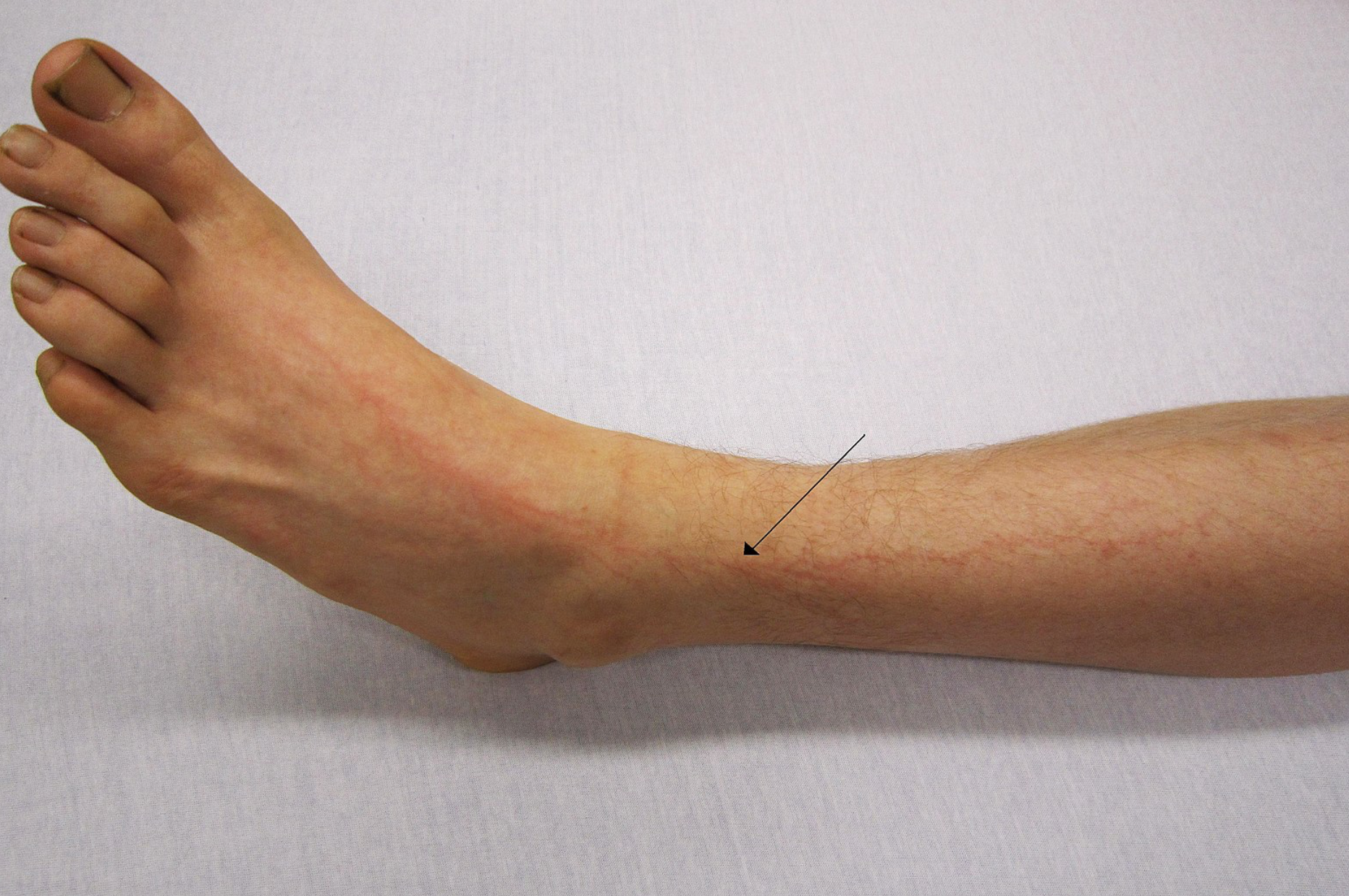Author: Robert McMickle, MD (EM Resident Physician, Department of Emergency Medicine, Harbor-UCLA Medical Center) // Reviewed by: Alex Koyfman, MD (@EMHighAK); Brit Long, MD (@long_brit)
Case:
People are spending the afternoon in a local park when a thunderstorm quickly rolls in. As it begins to rain, a group of four decides to hide out underneath a tall tree. They notice intermittent lightning but it does not appear to be worsening. As they contemplate leaving the park, the tree is struck and the group is struck by a side splash of current. All four are apneic and pulseless as first responders arrive. A 30-year-old woman can be revived, though she loses pulses again for a 10 minutes en route to the hospital. She is able to achieve ROSC again, though the other three members of the group are unable to be revived.
Background:
Lightning strikes are not an uncommon environmental cause of injury and death around the world. As many as 24,000 fatalities occur every year, and nearly ten times as many are struck and survive. In the United States there are approximately 400 lightning injuries and 40 deaths annually, and most strikes occur May to September  in the afternoon or early evening in states near the Gulf of Mexico (1).
in the afternoon or early evening in states near the Gulf of Mexico (1).
Lightning carries a staggering amount of energy (30– 110 thousand amps) and voltage (10 million volts) that is delivered in a massive pulse over only a few milliseconds. For reference, a typical household current measures 110-120 volts and 15 amps, and a typical power line can deliver >7,000 volts. Lightning is neither DC nor AC current, but rather a massive impulse of electrons moving in a single direction (1,2).
The temperature of the sheath is usually around 8,000°C but can get as hot as 50,000°C and as such can result in significant thermal burns (1).
Mechanism of strike (1,2)
- Direct strike (5%) – lightning makes direct contact with subjects, more commonly fatal
- Contact injury (15%) – lightning strikes an object that a victim is directly holding or touching with direct passage of current
- Side splash (30%) – lightning strikes an object (ie tree, pole, building) and current subsequently “jumps” to a victim
- Ground current (50%) – current travels through the ground to the victim, whose body is of lower resistance than the ground
- Blunt trauma – secondary to the wave of force generated by lightning strike
- Electrical streamers – lightning that travels upward into the sky and delivers a charge that passes over a victim, not as powerful as a strike coming from the sky
Pathophysiology
Injury occurs through a variety of mechanisms and can affect every organ system:
- Electrical current effect on bodily tissues: follows path of least resistance (nerve > blood > muscle > skin > fat > bone)
- Mechanical trauma: debris, fall, being thrown
- Conversion of electrical energy to thermal energy resulting in burns
Cardiovascular:
- Cardiopulmonary arrest is the most common cause of death and is more common with direct strikes.
- A second cardiac arrest due to continued paralysis of the medullary respiratory center and continued apnea may occur if respiratory support is not initiated early.
- Ventricular dysrhythmias, asystole, QT prolongation (asystole is more common than ventricular dysrhythmias)
Pulmonary:
- Apnea may persist after ROSC, so early and continued ventilation important to prevent a secondary cardiac arrest from hypoventilation.
Cutaneous:
- 90% of victims will suffer superficial skin burns.
- Lichtenberg figures (pathognomonic ferning or feathering pattern on the skin, shown below) due to “electron showering” over the skin leading to extravasation or RBCs, typically resolve in <24 hours.
- Flash burns, punctate burns, full thickness burns (<5%), contact burns

Neurologic:
- Intracranial hemorrhage in the basal ganglia and brainstem
- Keraunoparalysis – stunning or transient tetraplegias (lower limbs > upper limbs) secondary to overstimulation of the autonomic nervous system
- Usually resolves within several hours without treatment but can take as long as 24 hours
- Fixed and dilated pupils may be present in the absence of irreversible brain damage (do NOT use in prognosticating or pronouncing death).
ENT:
- Cataracts (may occur weeks to years after injury)
- Optic neuritis
- Vitreous hemorrhage, retinal and optic nerve injuries
- Perforated tympanic membranes (present in 50-80% of victims)
- Sensorineural damage to the auditory nerve
Orthopedics:
- Compartment syndrome, rhabdomyolysis
- Posterior shoulder dislocation (1,2,3)
Evaluation
The key is a thorough head to toe physical examination evaluating for trauma, burns, and other injuries.
- An ECG is typically recommended in all patients, though it may reveal transient changes that eventually resolve.
- Consider electrolytes, renal and liver function, CK, and urinalysis
- Labs and workup are at the discretion of the provider, though a low threshold is recommended to evaluate for rhabdomyolysis, compartment syndrome, and to perform advanced neuroimaging such as non contrast head CT.
- Troponin testing should be based on patient presentation and should not be performed reflexively.
- For patients with confusion or altered mental status, non-contrast head CT should be obtained.
- Other imaging should be based on the history and exam (i.e., extremity x-rays for trauma, abdominal CT for evaluation of intestinal contusions and hemorrhage)
Management:
As opposed to most mass casualty incidents where apneic and non-ambulatory patients are deemed “expectant” to succumb to their serious injuries and should not be prioritized in a resource limited situation, the concept of ‘reverse-triage’ is of critical importance and should be employed in lightening-mediated mass casualty events.
This schema identifies victims who appear to be in cardiac and respiratory arrest and prioritizes their treatment as they can have good outcomes if immediately identified and treated. Victims who are unresponsive with no breathing or gasps for air shoulder undergo immediate CPR and assisted breathing. If a pulse is obtained, continue to provide assisted breaths to prevent a “secondary cardiac arrest” from inadequate ventilation. Those who survive the initial strike will rarely die prior to or after hospital arrival (1,2), though up to 77% of victims will not respond to CPR. If victims remain pulses within 20-30 minutes of starting CPR, it is reasonable to stop resuscitation efforts (4). Remember to consider hypothermia before ceasing efforts, as well.
When patients arrive, aggressive resuscitation is recommended for those in cardiac arrest, as lightning-induced cardiac arrest has better prognosis. Hypotension is not typical and suggests another injury. Following ROSC, avoidance of hyperthermia is recommended.
General guide to ED management:
- IV fluid resuscitation is recommended for unstable patients.
- There are no reports in the literature concerning the use of mannitol-induced diuresis, alkalinization of the urine, or aggressive fluid resuscitation.
- In hypertensive or normotensive patients, fluid restriction is recommended due to risk of underlying cerebral edema.
- Fasciotomy is generally not needed as intense vascular spasm is typically self-resolving.
- Prophylactic antibiotics not indicated unless other complication condition (i.e. open fractures).
- Update tetanus if indicated.
- Burns are generally too superficial to require treatment with topical agents (4).
The best treatment is prevention:
- Seek shelter in an large enclosed indoor structure or fully-enclosed metal-topped vehicle, even small structures such as golf shelters and shallow caves can be capacitors for lightning energy.
- Flash-bang rule helps estimate distance from an observer. Count the seconds between the flash of lightning and bang of thunder. The time in seconds/5 = approximate number of miles.
- 30-30 rule: when lightning is observed, count time until thunder heard and if the time is <30 seconds, seek shelter and wait 30 minutes from the time of the last lightning or thunder before leaving.
- If in a group, spread people out to prevent side splash.
- Avoid singular tall structures such as trees or isolated flat areas.
- Assume the ‘Lightning position’ if in an exposed area an unable to retreat (crouch over planted feet with heels touching or sit cross-legged preferably over a pad, backpack, or other limited conduction surface).
Disposition:
High risk features that warrant observation and/or admission for telemetry monitoring:
- Direct strike
- Loss of consciousness
- Focal neurological complaint
- Chest pain
- Dyspnea
- Major trauma
- Cranial or significant burns
- Pregnancy (fetal mortality approaches 50%) (1)
In all other patients, discharge is safe if the patient has normal vital signs, appears well, and has no other injuries requiring hospitalization.
Lightning myths dispelled:
- Lightning can strike twice in one place, and commonly does.
- Lightning frequently hits outside of rainstorms (up to 1/3rd of the time).
- Lightning does not leave a residual charge on a victim or cause “internal burns”.
- Rubber tires do not provide ‘insulation’ in a car, rather the metal will diffuse the current around the occupants to the ground.
- Personal objects like watches, cell phones, jewelry do not ‘attract’ lightning. While metallic objects will not ‘attract’ lightning, they will conduct it so it is best to stay away from metallic fences, poles, and bleachers (5).
Takeaways:
- Lightning strike injuries occur via a variety of mechanisms (side splash, direct strike, streamers, etc) and affect almost every bodily system.
- Lightning injuries may be immediate or delayed, a thorough head to toe exam including a robust neurologic exam is important to take account of all injuries and determine long-term outcomes.
- Lightning strike burns are often superficial and do not need to be treated with specific IV fluid protocols, which can worsen cerebral edema if present.
- Reverse-triage in mass casualty situations.
- Admit for high-risk features.
- There are many myths and lore surrounding lightning strikes.
- Prevention is key – no one can be completely safe during a thunderstorm unless they are in a large, substantial, enclosed structure or a fully enclosed metal-topped vehicle.
References:
- Della-Giustina D, Ingebretsen R, eds. Advanced Wilderness Life Support : Prevention, Diagnosis, Treatment, Evacuation. Wilderness Medicine Society; 2011:122-132.
- Jensen JD, Thurman J, Vincent AL. Lightning Injuries. [Updated 2021 Jul 29]. In: StatPearls [Internet]. Treasure Island (FL): StatPearls Publishing; 2022 Jan-. Available from: https://www.ncbi.nlm.nih.gov/books/NBK441920/
- Kaji A, Pedigo RA. Emergency Medicine: Board Review. Elsevier; 2022.
- Cooper, MA., Andrews, CJ., Holle, RL., Blumenthal, R., Navarrete Aldana, N. Lightning-Related Injuries and Safety. In: Auerbach P, ed. Auerbach’s Wilderness Medicine. Elsevier; 2017:71-117.
- US Department of Commerce NOAA. Lightning myths. National Weather Service. https://www.weather.gov/safety/lightning-myths. Published April 20, 2018. Accessed February 15, 2022.








